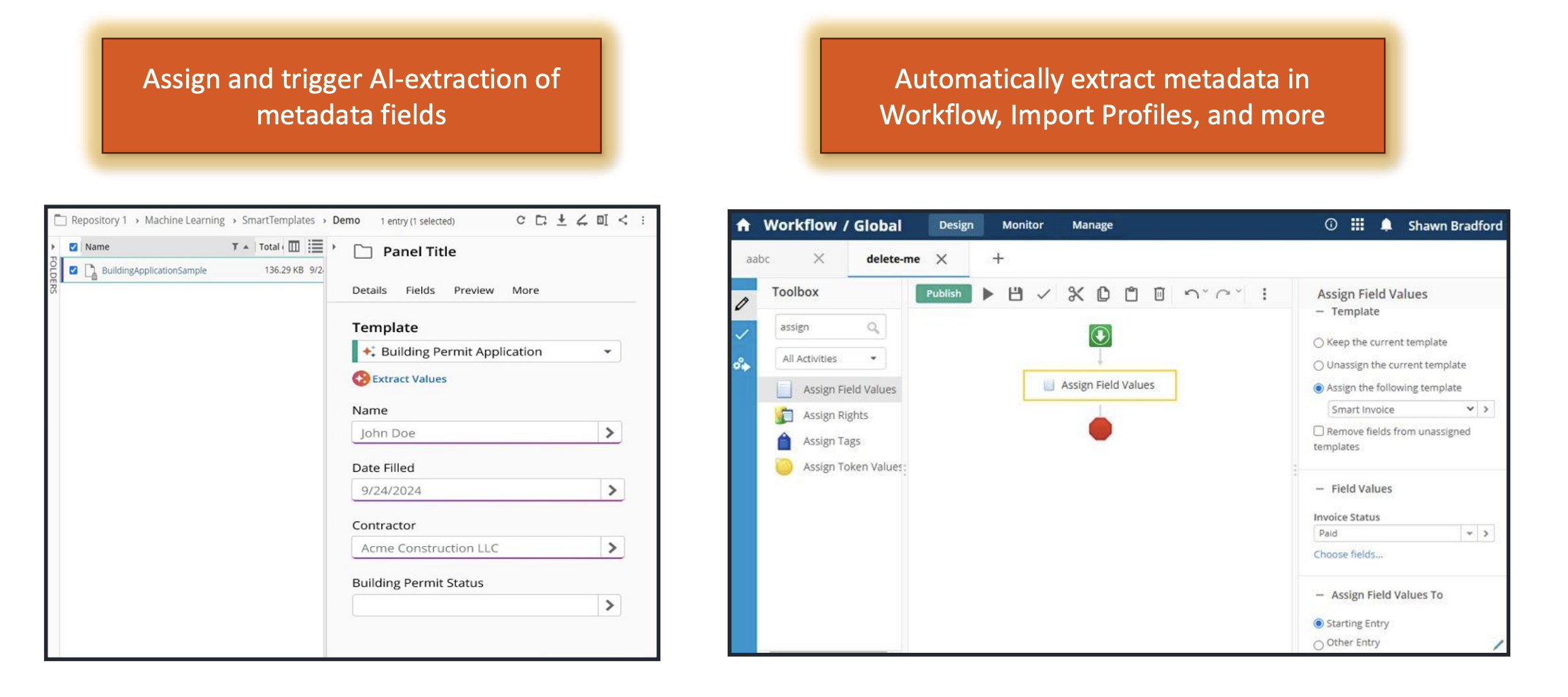Introduction
In today’s complex business environment, vendor sprawl represents a significant issue that many enterprises face. It involves managing multiple, disparate systems provided by a multitude of vendors, each catering to specific business needs but not necessarily aligning with one another. This disjointed arrangement can lead to inefficiencies, communication breakdowns, and a host of operational challenges. The growing web of incompatible software tools not only increases costs but also introduces potential security vulnerabilities, making it an unavoidable challenge for large organizations. However, a solution is within reach with Laserfiche by SecureCDP.
Understanding Vendor Sprawl
Vendor sprawl is characterized by the proliferation of various software vendors in a single organization, often resulting in siloed systems that struggle to communicate with each other. The fundamental problem stems from these systems’ inability to share unified data, leading to miscommunication and operational disconnects. Such a fragmented IT landscape increases the operational complexity and overhead costs as organizations juggle between different systems, often manually transferring information.
The Challenges of Vendor Sprawl
The issues resulting from vendor sprawl are multifaceted. Firstly, the interoperability between systems is often limited or entirely absent, impeding smooth information flow and seamless operations. Employees expend valuable time managing multiple systems, learning their intricacies, and manually consolidating data, consuming resources that could be better allocated elsewhere. Secondly, multiple system maintenance and licensing fees add up quickly, contributing to substantial overhead costs that strain organizational budgets. Moreover, having numerous disconnected systems increases the potential for errors and inconsistencies in business operations, as data accuracy is often compromised by manual handling and lack of real-time updates. Lastly, the absence of a streamlined, secure platform makes organizations vulnerable to cyber threats as each disparate system becomes a potential entry point for attackers.
How Laserfiche Addresses Vendor Sprawl
Laserfiche offers a compelling remedy to the issues posed by vendor sprawl, leveraging its advanced capabilities to integrate disparate systems and provide a cohesive operational framework. As a leading content management and business process automation platform, Laserfiche empowers organizations to streamline their information and processes significantly.
Laserfiche’s robust interoperability ensures seamless connectivity among various legacy systems, breaking down silos and facilitating effortless communication and data sharing. This integration capability is crucial to solving one of the most pressing vendor sprawl challenges - lack of system connectivity. Laserfiche effectively tackles the interoperability issue, allowing organizations to operate more efficiently.
Reducing Overhead Costs
By centralizing operations through a single platform, Laserfiche dramatically decreases overhead costs associated with vendor sprawl. It reduces the need for multiple licenses, simplifying vendor management requirements. This centralized approach also means employees spend less time juggling between systems, allowing them to focus on more value-added tasks. The reduction in redundancy and complexity translates directly into cost savings, thereby enhancing the organization’s bottom line.
Simplifying Complexity and Enhancing Security
One of the oft-overlooked advantages of a unified platform like Laserfiche is its ability to simplify business operations. The intuitive design of the Laserfiche platform provides streamlined management and control, facilitating a user-friendly experience, and empowering stakeholders at every level to navigate the organizational processes effectively.
Security, a critical concern exacerbated by vendor sprawl, is robustly addressed by Laserfiche. Designated to comply with multiple industry regulations, the platform offers comprehensive security features that shield organizations from cyberattacks. By consolidating systems into a secure singular platform, potential weak points are minimized, offering a safeguard that disconnected systems cannot.
Conclusion
In confronting vendor sprawl, Laserfiche emerges as a transformative solution for enterprises seeking to simplify complexities, minimize costs, and fortify their operational security. By improving data management and operational processes within a consolidated and secure system, organizations can overcome the significant limitations of vendor sprawl efficiently and effectively. With Laserfiche, businesses are not only enhancing productivity but also ensuring robust security measures that protect against the wider cybersecurity threats prevalent today. Through integrating systems and reducing the complexities associated with vendor sprawl, Laserfiche by SecureCDP offers a strategic advantage that positions enterprises for sustainable growth and success in an increasingly digital world.
FAQs
What is vendor sprawl? Vendor sprawl refers to the extensive and often unmanageable number of vendors used by an enterprise to provide disparate, disconnected systems that do not efficiently communicate with each other, leading to operational inefficiencies.
How does Laserfiche help with interoperability? Laserfiche enhances interoperability by integrating with legacy systems, ensuring a seamless flow of information and operations across all business departments.
Can Laserfiche reduce business costs? Yes, by centralizing system operations and streamlining processes, Laserfiche significantly reduces overhead expenses associated with managing multiple licenses and maintaining various systems.
Does Laserfiche improve business security? Absolutely. By consolidating information into one robust platform with strong security features, Laserfiche minimizes potential cyberattack entry points and complies with various industry-specific regulations.
What industries benefit most from Laserfiche? Any industry facing challenges with vendor sprawl can benefit, including finance, healthcare, manufacturing, and more, where data security and efficient information processing are critical.





